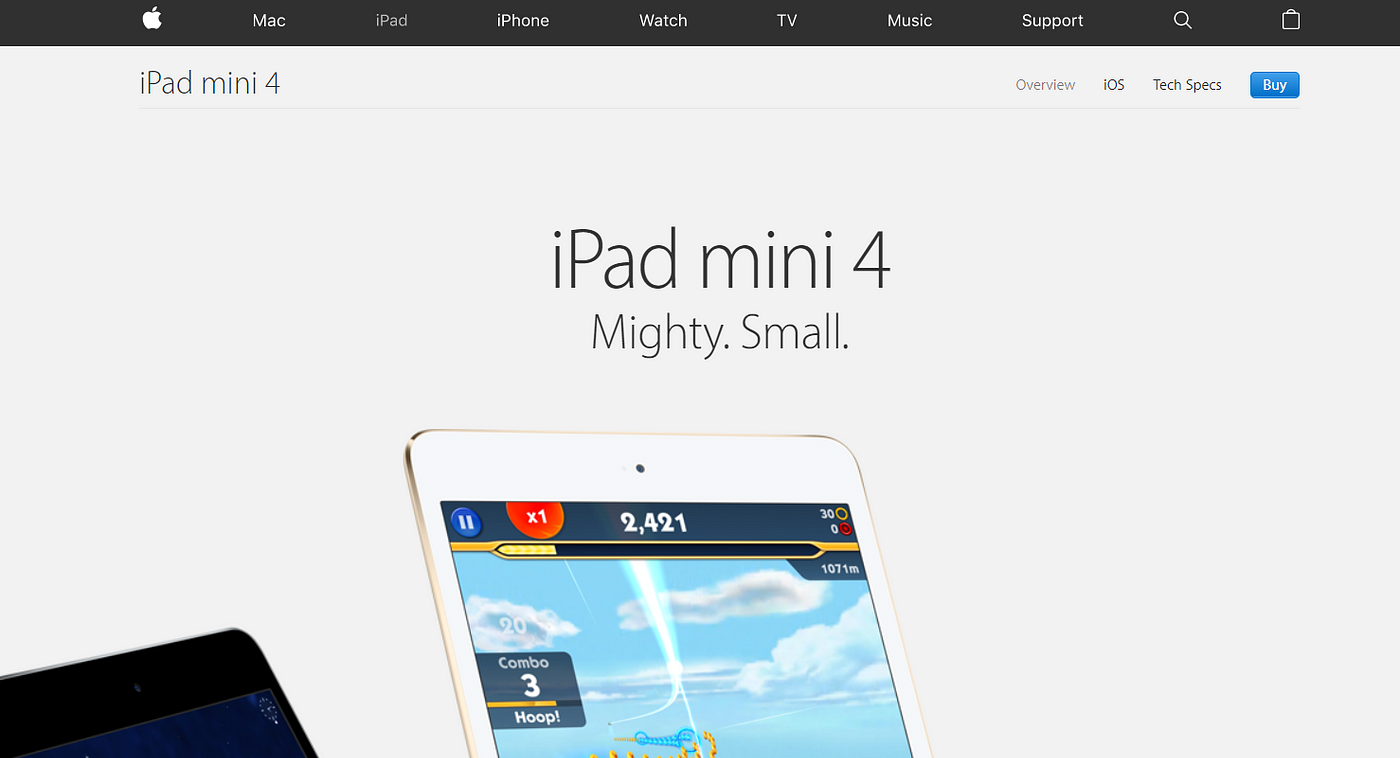In today’s digital age, your website is often the first thing people see related to your business or personal brand. This is just like an online handshake, and at that exact moment, the first impression is formed.
Creating a website that catches people’s eye at first glance isn’t just about throwing together some pictures and text. You have to create a space that is aesthetically pleasing and also works well without any hitches.
Whether you’re starting from scratch or making improvements to an already existing site, sticking to tried-and-true design principles is a must. This guide discusses eight essential tips that will help you build a website that is both beautiful and user-friendly. So, let’s get started!
Incorporate High-Quality Images
Incorporating high-quality images into your website can help you enhance its overall appearance. When you select the images, ensure they align with the ethos of your brand. Additionally, choose images that integrate seamlessly with the existing design elements on your site.
There are many sources available that offer a variety of high-resolution pictures. For instance, Dreamstime stock images are of excellent quality, and they can help you take your website’s appearance to the next level.
This variety of images gives you the flexibility to find the perfect visual elements that can not only give your webpage a makeover but also mirror your brand’s story.
Opt for a Minimalist Design

Minimalist designs are truly the best. Why? Because they result in a website that is not only aesthetically appealing but also very easy to use. The main idea is obviously not to overwhelm the visitors. Your website should only offer necessary information and steer clear of too much clutter that can create visual chaos.
This helps the visitors to navigate easily and focus their attention on the key aspects of your webpage. Make sure that the layout is balanced, with enough white space around the elements, promoting clarity and reducing distraction.
Distractions can result in losing a visitor as soon as they arrive. So, a simple but eye-catching layout encourages visitors to naturally move from one section to another without feeling lost, offering a user-friendly experience.
Leverage Responsive Design
Responsive design is about ensuring that your website looks good and functions well on all devices, be it a laptop, tablet, or smartphone. In this digital era, mobile devices are a go-to for a lot of people to browse the internet.
Hence, it is crucial that your website adapts to provide the best possible viewing experience across a range of screens. This helps keep the mobile users engaged and reach a wider audience effectively.
You would like more visitors to your website, right? That’s exactly what comfortable browsing does: it attracts more visitors and also keeps them on your website for a longer time.
Prioritize Loading Speed

Nowadays, time is of the essence. If your website takes too long to load, the chances are that the visitors will leave. So, optimize every element of your site to increase the loading speed. This includes the images and scripts so that they don’t slow down the load time.
Additionally, considering the use of a content delivery network, or CDN, might be a smart choice. It helps in reducing the load times drastically, offering a swift browsing experience.
Essentially, fast load times make visitors stay longer and have a better experience on your website, improving user satisfaction and possibly search engine rankings.
Intuitive Navigation
Creating an intuitive navigation system is about designing a straightforward and logical path that guides visitors as they explore your website. To achieve this, having a well-structured menu is your first step.
Ensure all the categories are clearly marked so users can find what they are looking for with ease. When the content is organized into distinct, well-labeled sections, visitors don’t have to waste time trying to figure out where to find specific information. They can move through your site effortlessly.
Ensuring the flow from one section to another is logical and coherent will improve the user’s experience, encouraging them to stay longer on your site and engage with your content.
Utilize SEO Best Practices

It’s important to use search engine optimization (SEO) best practices to make your website more visible. This means identifying and using the appropriate keywords that people might use to find services or information you offer.
Additionally, concentrate on providing quality content that is both relevant and valuable to your target audience. Beyond content, ensuring that your website is optimized to be search engine friendly is also essential, facilitating an increase in organic traffic to your site.
By adhering to SEO guidelines, you can help your website rank higher in search engine results, thereby attracting more visitors and enhancing the potential for greater engagement.
Check out common SEO mistakes that make your site lose its ranking.
Engage with Compelling CTAs
Want to know a great method to foster engagement on your website? It’s simple. Utilize compelling call-to-action (CTA) buttons. These buttons are very important in guiding users to take specific actions, be it signing up for a newsletter, downloading a resource, or making a purchase.
Another trick is to position these buttons in a noticeable area. What will that do? It will capture the user’s attention more effectively. Moreover, don’t try to be fancy; your CTAs should be clear and to the point, encouraging users to take immediate action.
Creating a sense of urgency, perhaps through limited-time offers, can also be a potent tool to spur users into action quickly.
Focus on Readability

If your website is easy on the eyes, visitors will stay. Choose fonts and colors that are easy to read, and steer clear of ones that are too complex or harsh on the eyes. Consistency in typography is equally important because it brings a uniform look to your entire website.
Structuring your content properly will further improve readability. You can do this by breaking down large chunks of text into smaller paragraphs, using bullets for listing information, and including subheadings to highlight different sections.
This approach makes your content more scan-friendly. Not only that, but it also helps in retaining the user’s interest, as they can easily find and absorb the information they are looking for.
Conclusion
So, if you’re planning on creating a remarkable website, focus on user experience and operational efficiency.
Minimalist layouts and intuitive navigation will definitely give it a boost. Do not forget about the responsiveness and loading speed; it can decide whether a visitor stays or leaves. Incorporate SEO strategies and effective CTAs to enhance visibility and user engagement.
Keep in mind that your website’s design should be based on the ease and preferences of the user, creating a solid foundation for increased traffic and user satisfaction.






